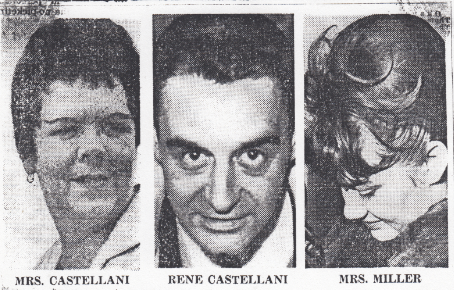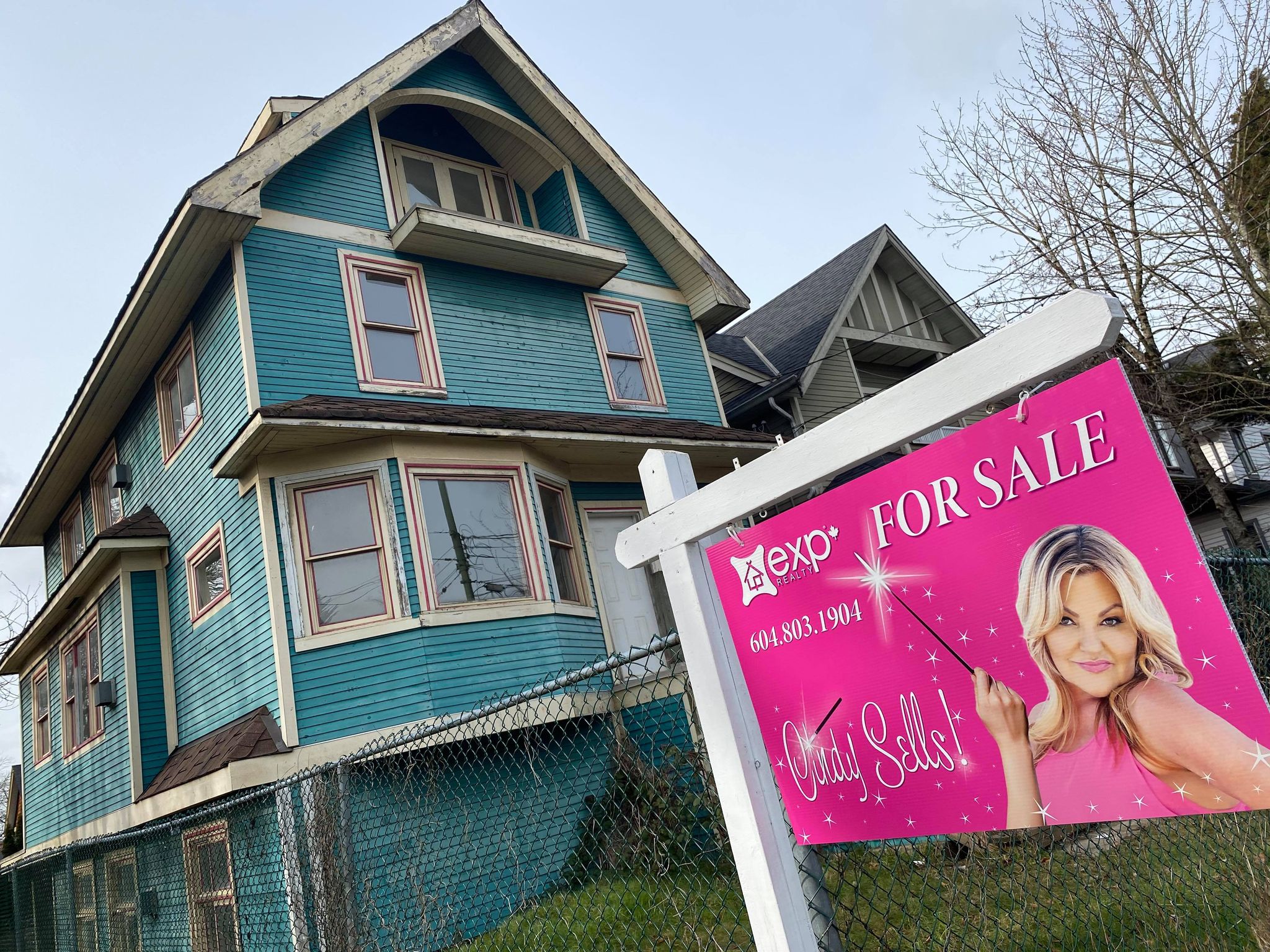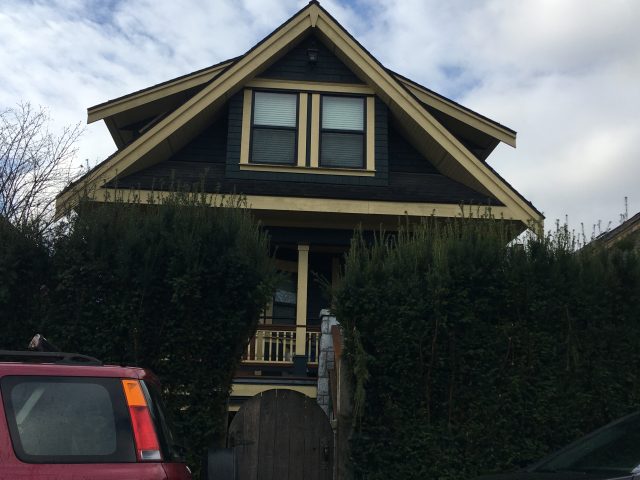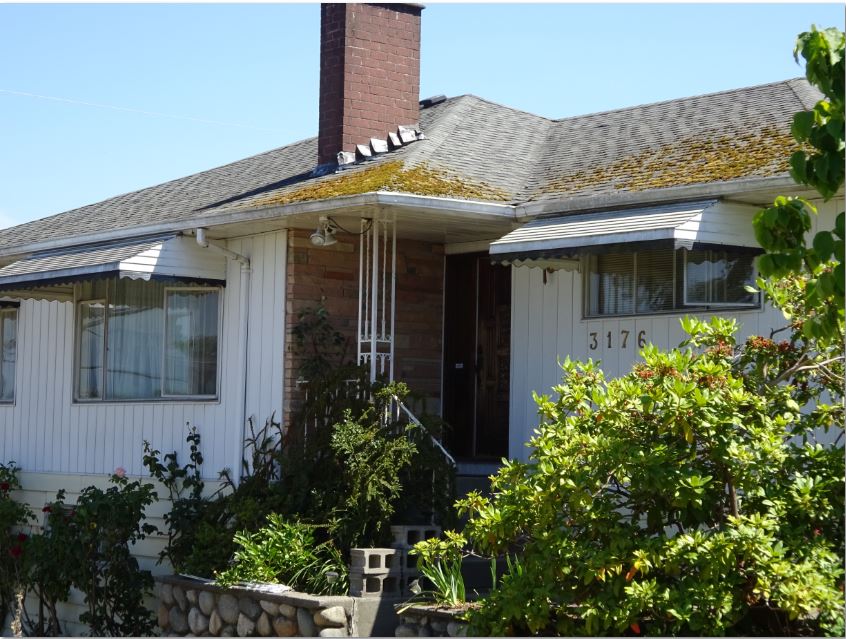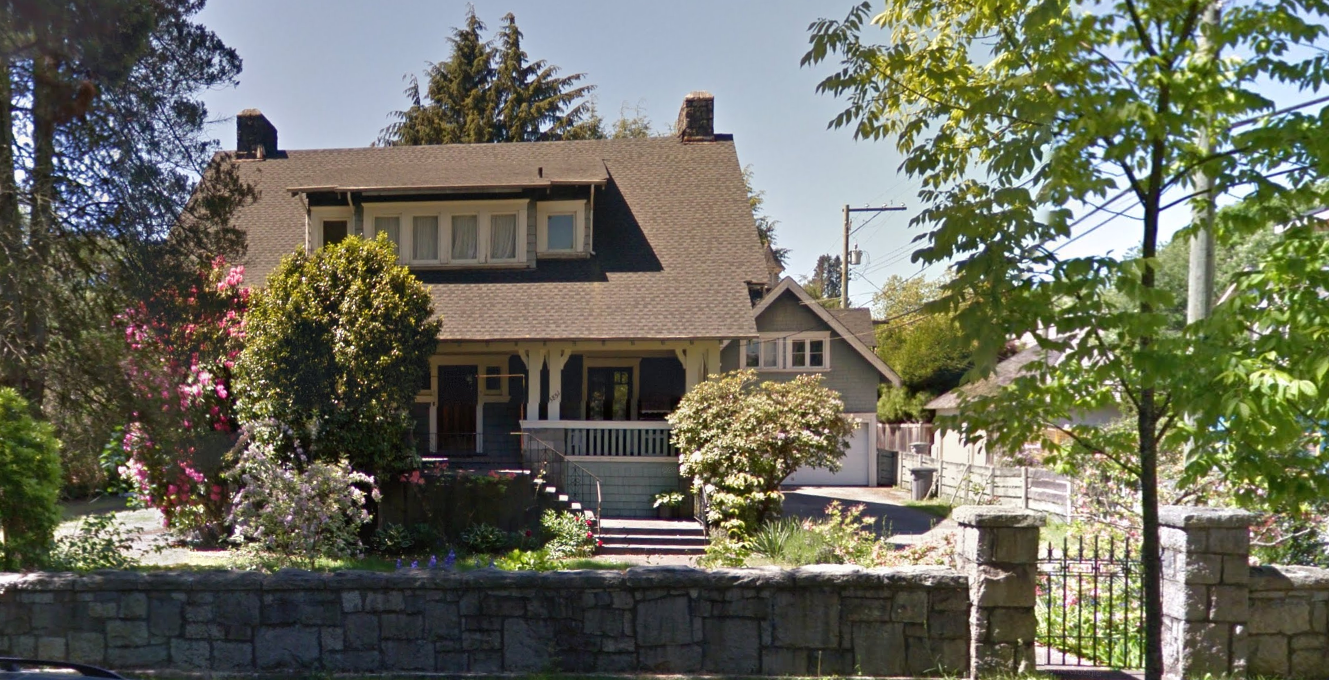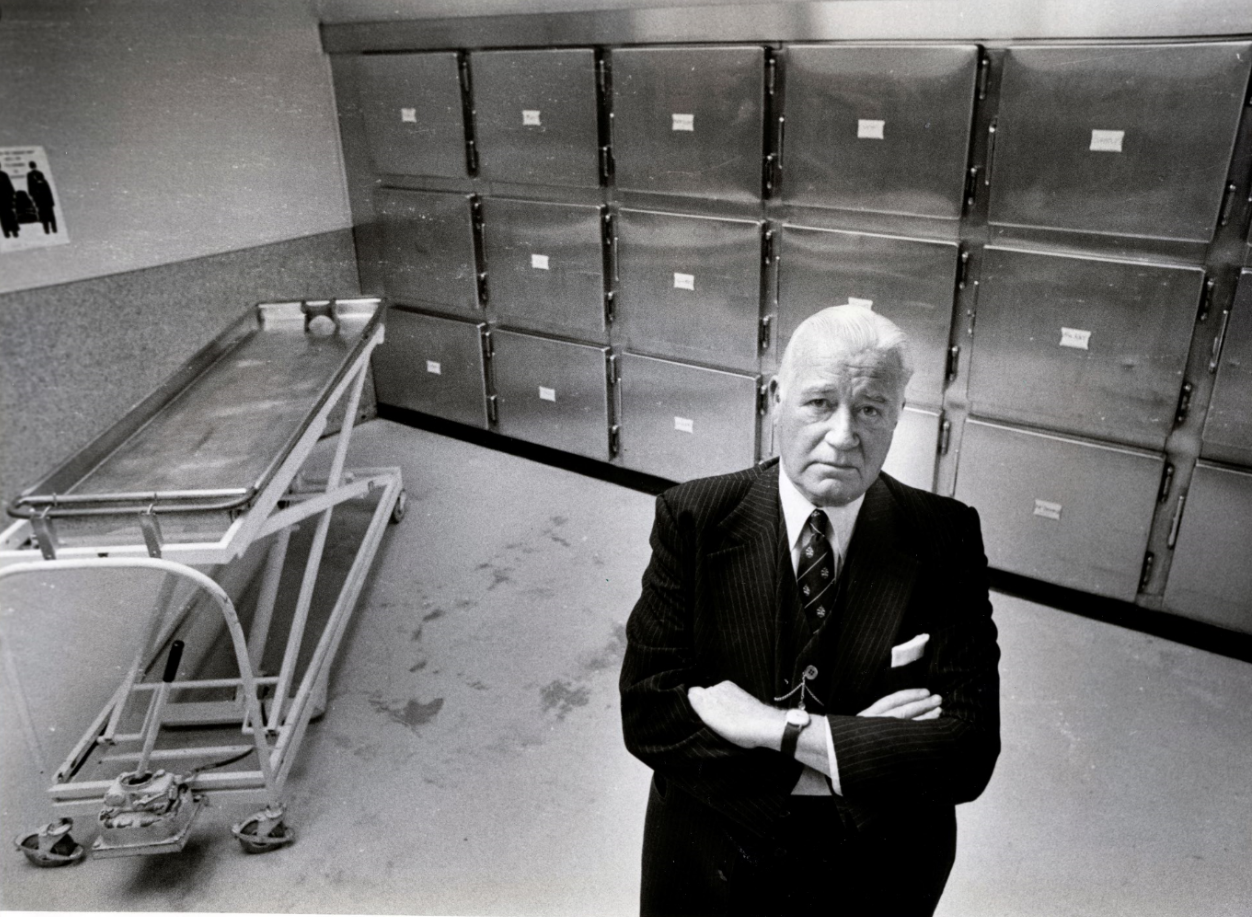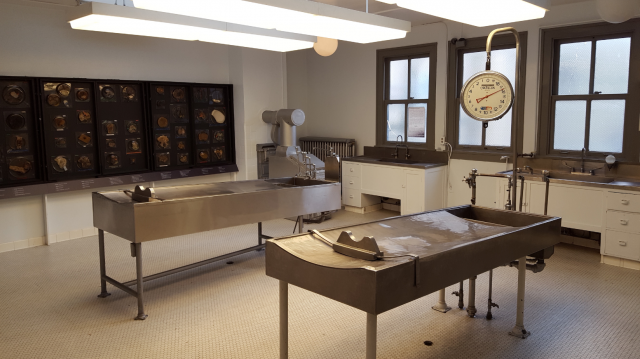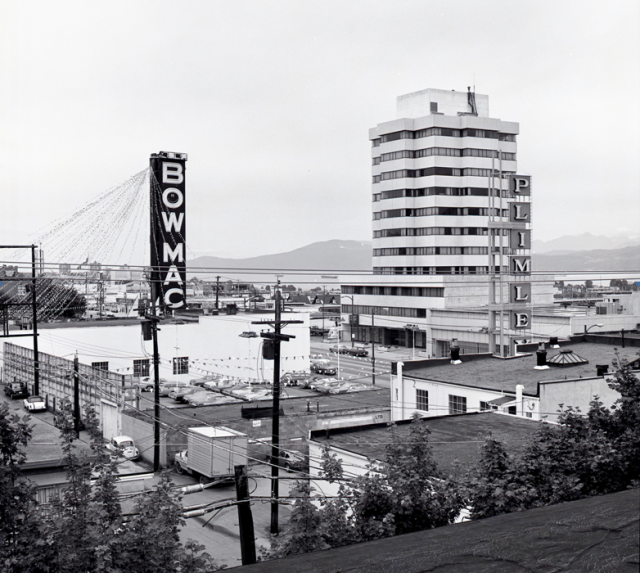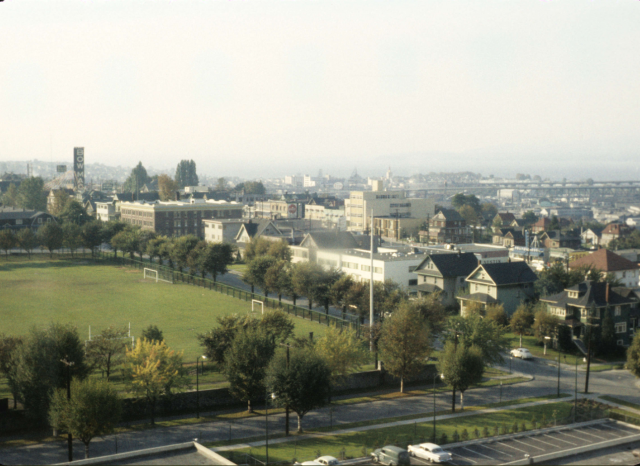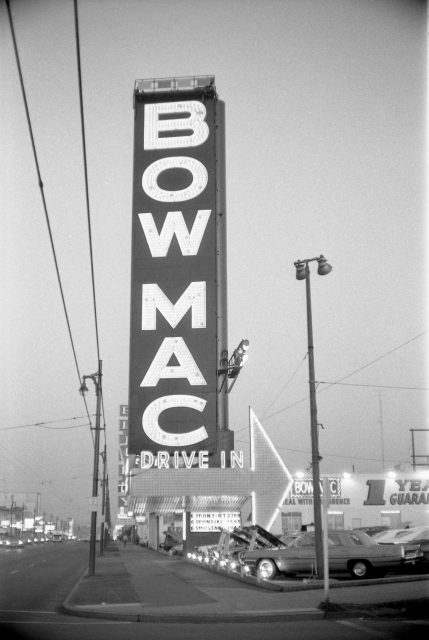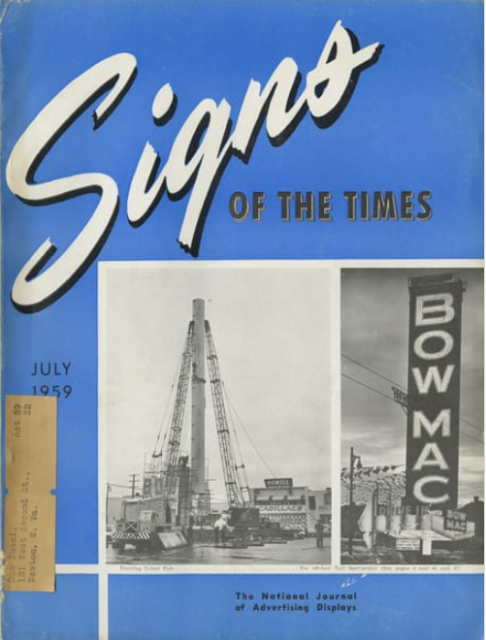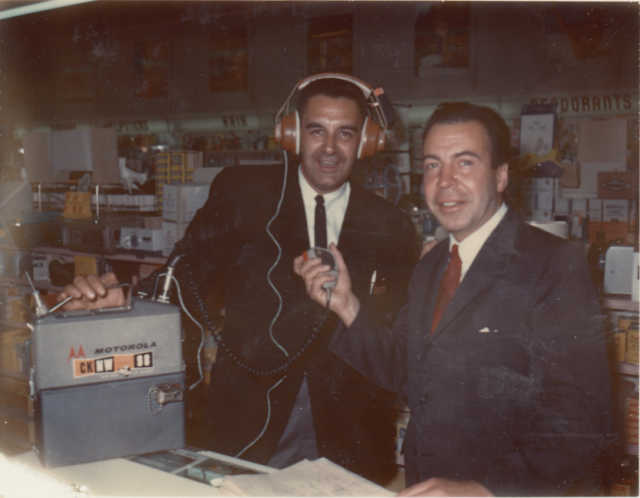In 1965, Rene Castellani, a 40-year-old radio personality decided to murder his wife Esther with arsenic-laced milkshakes so could marry Lolly, CKNW’s 25-year-old receptionist. The couple had an 11-year-old daughter called Jeannine, who became the collateral damage in one of the most sensational murder cases of the 20th century.
This podcast episode is based on my book Murder by Milkshake: an astonishing true story of adultery, arsenic and a charismatic killer
Rene Castellani:
Rene Castellani was known for his outrageous stunts. Shortly before his wife’s death, he had climbed to the top of the BowMac sign on West Broadway and vowed to stay there until every last car on the lot sold. It took nine days.

While Rene was selling cars for a CKNW promotion, his wife Esther was in hospital. She had been ill for several months. At first she had stomach and lower back pain severe enough to keep her off work at the Kerrisdale children’s boutique, and then she had bouts of nausea and diarrhea which quickly turned into intense pain and vomiting. Her fingers and toes went numb. Esther saw several specialists, spent seven weeks in hospital, and went through more than 120 different tests before she died.

Disneyland:
The day after Esther’s funeral, Rene took Jeannine, Lolly and Don to Disneyland and soon the couple moved in together. In Vancouver, Esther’s doctor was still looking into the cause of her death. He went back over everything and realized that arsenic could have caused the symptoms. Dr. Moscovich had Esther’s body exhumed and the autopsy revealed that her arsenic levels were 1,500 times the normal arsenic content of the body.

Arrested:
Rene was eventually arrested several months later when he and Lolly applied for a marriage license. While the case against Rene was all based on circumstantial evidence, there was a lot of it, including a box of arsenic-laden ortho triox weed killer found under his kitchen sink.

New forensic technology was able to chart the amount of arsenic Esther had received through her nails and strands of her hair. What helped to convict Rene though, was that for the nine days he was sitting up on the BowMac sign there wasn’t any sign of poison and she became violently ill the evening Rene came down.

For many years Jeannine clung to her father’s innocence, even committing perjury during his trial. Rene was convicted of capital murder, but the death penalty was commuted to life in prison two weeks before he was scheduled to hang.
Within a few years, he was out on day parole, often visiting Jeannine with a different woman in tow. Within 12 years he had full parole, remarried and became Rene the Roadrunner for an Abbotsford radio station.

© All rights reserved. Unless otherwise indicated, all blog content copyright Eve Lazarus.
Sponsor: Erin Hakin Jewellery Save 15% off beautiful custom designed rings from this Vancouver goldsmith by using the code COLDCASE when ordering.
Show Notes:
Music: Andreas Schuld ‘Waiting for You’
Intro : Mark Dunn
Interviews: Jeannine Castellani; Mike Porteous (retired) superintendent Major Crimes Vancouver Police Department; George Garrett (retired) CKNW investigative reporter
Buy me a coffee promo: McBride Communications and Media
Promo: Blood, Sweat and Fear: The Story of Inspector Vance
Sources:
- Lazarus, Eve. Murder by Milkshake: an astonishing true story of adultery, arsenic, and a charismatic killer, Arsenal Pulp Press, 2018
- Vancouver Police Museum and Archives
- CKNW Owl Prowl tapes courtesy Colleen Hardwick
Related:
Murder by Milkshake Part 1 https://evelazarus.com/s2-e22-murder-by-milkshake-part-1/
Guy in the Sky https://evelazarus.com/guy-in-the-sky-the-bowmac-sign/
The Maharaja https://evelazarus.com/the-maharajah-alleebaba/
Lolly, CFun and the brill bus https://evelazarus.com/lolly-cfun-and-the-brill-trolley-bus/




